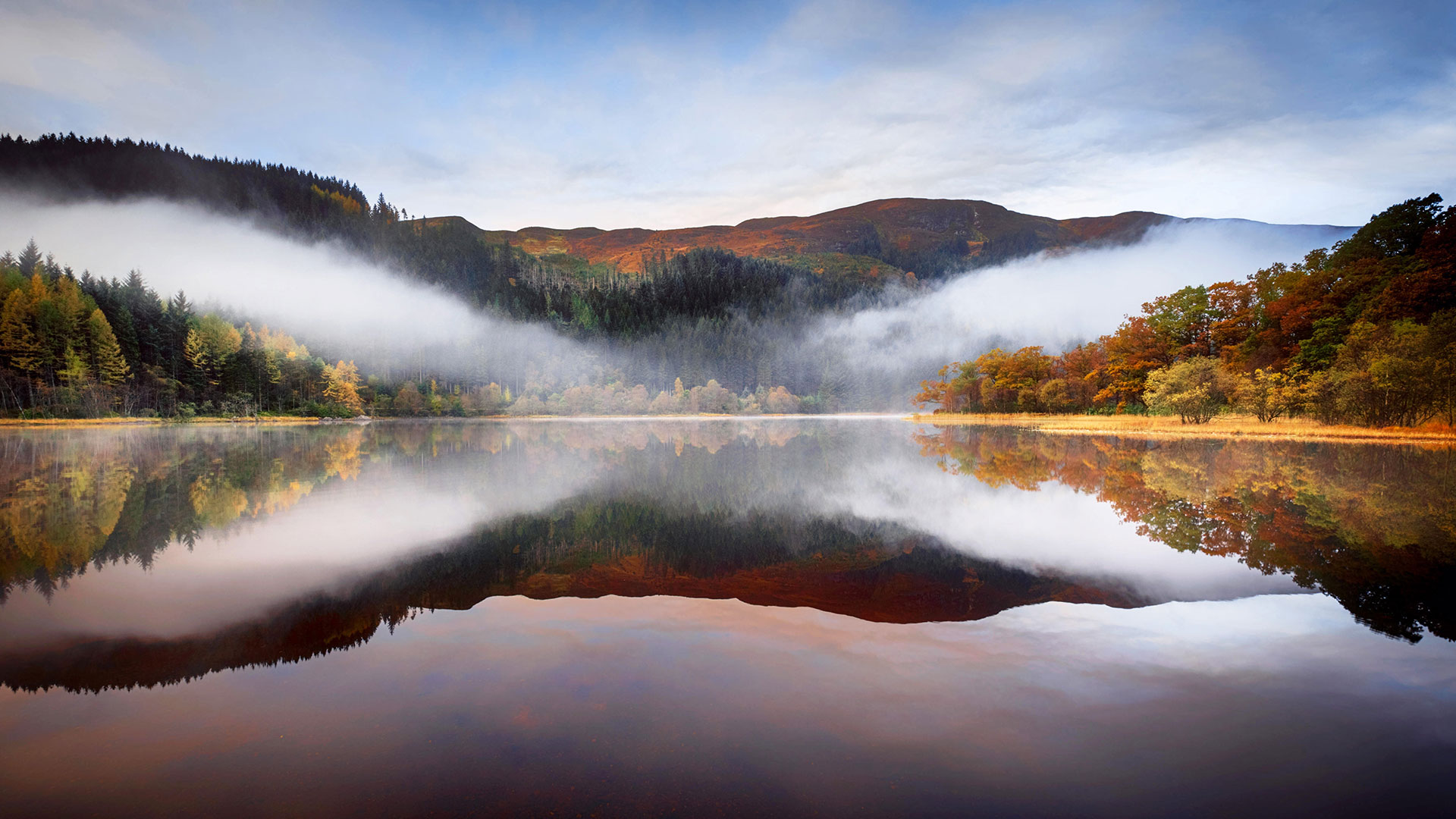The history of the occupation of America is a complex and often contentious one, spanning centuries of colonization, conflict, and cultural exchange. From the early years of European exploration to the present day, the occupation of America has shaped the land, its people, and its culture in profound ways.
The occupation of America began in the late 15th century, when European explorers first set foot on the shores of the New World. Over the next few centuries, various European powers, including Spain, France, and England, established colonies and trading outposts across the continent. These early settlements were often marked by conflict with the indigenous peoples of the Americas, as well as by the introduction of new diseases and technologies that would forever change the landscape of the continent.
The arrival of European settlers also brought about significant changes in the social and political dynamics of the Americas. The establishment of European colonies led to the displacement and marginalization of indigenous peoples, as well as the importation of enslaved Africans to work in the burgeoning agricultural economies of the New World. These developments would have lasting effects on the demographics, economies, and social structures of the Americas.
The occupation of America also played a pivotal role in shaping global geopolitics. The competition for control of the New World led to numerous conflicts between European powers, as well as to the eventual independence of the United States and the emergence of new nation-states throughout the Americas. The legacy of these early colonial struggles continues to be felt in the modern era, as issues of sovereignty, territorial disputes, and national identity continue to shape the political landscape of the continent.
In the centuries since the initial occupation of America, the continent has undergone significant social, economic, and political transformations. The expansion of European colonies and the eventual push westward across the continent led to the displacement and marginalization of indigenous peoples, as well as to the forced relocation of many native communities. This period of westward expansion was marked by conflicts such as the Indian Wars, as well as by the large-scale ecological changes brought about by the growth of agriculture, industry, and urbanization.
The 20th century saw further upheaval in the occupation of America, as the continent became a key battleground in the global conflicts of the era. The United States emerged as a dominant world power, and its influence on the politics, economies, and cultures of the Americas became increasingly pronounced. This period also saw significant social and political movements, including the civil rights movement, the rise of labor unions, and the struggle for independence and self-determination in many Latin American countries.
Today, the occupation of America continues to be a subject of intense debate and discussion. The legacies of colonization, imperialism, and the displacement of indigenous peoples continue to shape the social, economic, and political landscapes of the Americas. Efforts to address these historical injustices, as well as to promote reconciliation and understanding between different groups, remain ongoing challenges for many nations in the region.
Exploring the history of the occupation of America allows for a deeper understanding of the complex and interconnected forces that have shaped the continent and its people. From the early days of European exploration to the present day, the occupation of America has had a profound impact on the land, its inhabitants, and the broader global community. By examining this history in all its complexity, we can better appreciate the challenges and opportunities that lie ahead as we continue to navigate the ever-changing dynamics of the Americas.
Exploring the History of the Occupation of America: From Colonization to Modern Day




